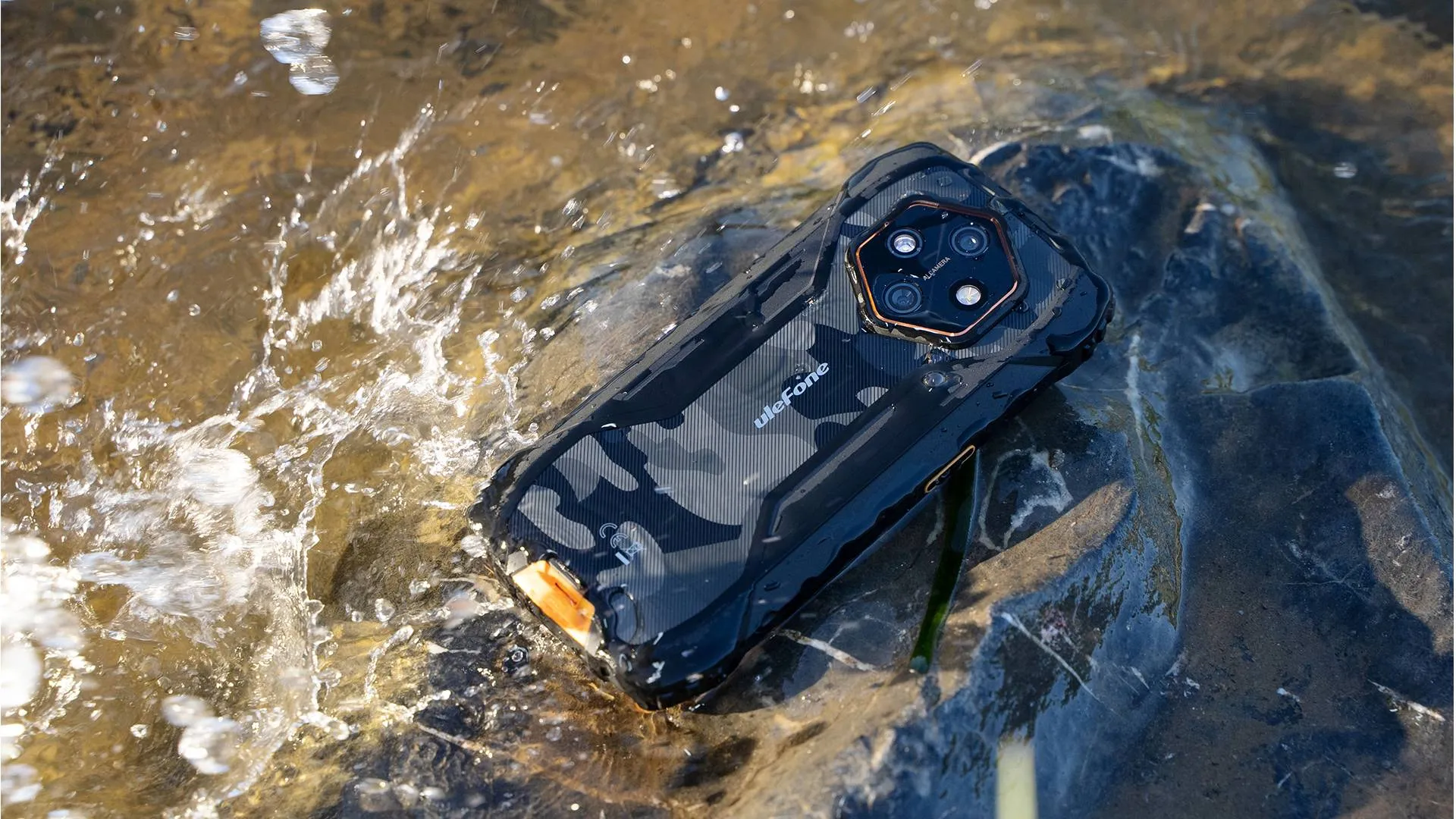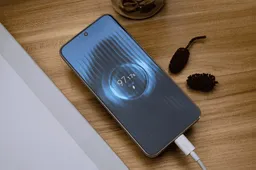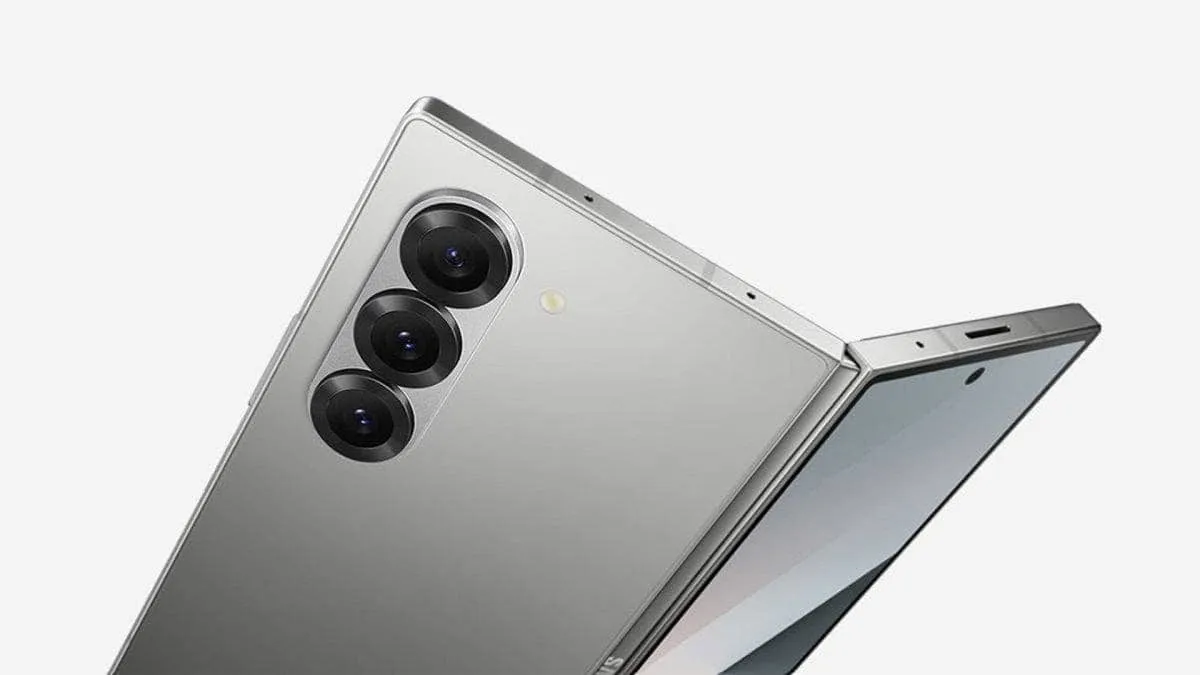
Samsung is gearing up to announce the Galaxy Z Fold 7 on July 9, and from the looks of it, we’re in for a dramatically thinner foldable. The renders are already out there—leaked, of course—and they show something quite different from last year’s model. Different enough that, at first glance, you might not recognize it as part of the Fold family. But with every design gain, there’s usually a trade-off. And here, it seems, durability may be the thing left behind. Not exactly a surprise, but not ideal either.
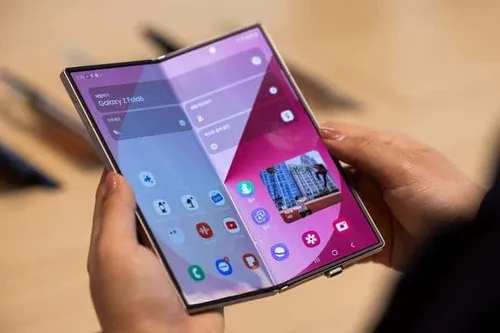
What we’re (probably) getting
Let’s start with what’s been confirmed—or at least, what’s circulating with some degree of confidence. The Fold 7 is slimmer than the Fold 6, in both open and closed positions. This isn’t just about aesthetics. Samsung has re-engineered the internals to reduce thickness, down to details like a redesigned charging port.
[caption id="attachment_486181" align="aligncenter" width="1024"]
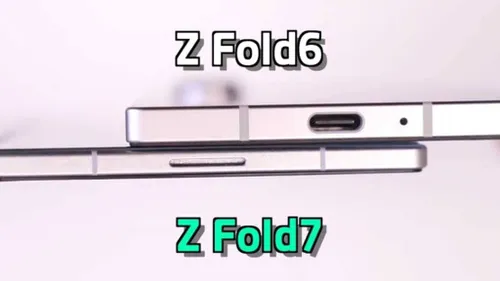
Source – TheSINZA
And while that may sound minor, these micro-adjustments add up. The phone looks—and presumably feels—markedly thinner. It’s the kind of reduction that can change how a phone fits in your pocket or hand. Maybe even how much you want to use it day-to-day. The external and internal displays? Reportedly larger this time. Which is good. Foldables live and die by the quality of their screens. More screen, less bezel—that’s a win. Especially paired with the latest Snapdragon silicon under the hood, likely Qualcomm’s newest flagship chip.
So, faster performance, bigger screens, and a sleeker form factor. On paper, that's a fantastic update. But...
...a tougher design choice
Unlike the Galaxy S25 Edge, which features titanium construction, early reports suggest the Z Fold 7 will stick with aluminum. That’s the same material used in the Fold 6. Technically “Armor Aluminum,” yes, but still: not titanium.
[caption id="attachment_486182" align="aligncenter" width="768"]
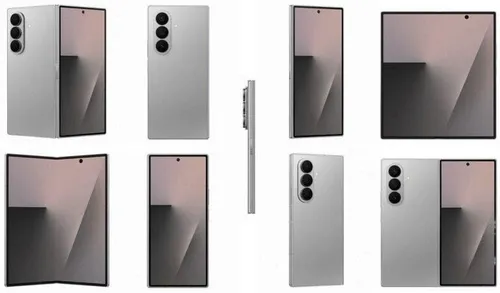
Source – Evan Blass
This is where reactions have started to split. Some fans were hoping Samsung would follow Apple’s lead and bring titanium to more devices. Others expected it after seeing how well the material performed in the S25 Edge—strong, lightweight, elegant. Instead, the Fold 7 may be prioritizing design thinness over structural rigidity. And for a phone with a moving hinge that already has mechanical stress points, that feels… risky? Or perhaps just calculated.
It’s not that aluminum is bad. It isn’t. But for a device this expensive, with so many moving parts, there’s a growing expectation that the frame should feel as future-proof as the processor inside it. That said, it’s still unclear whether Samsung might offer a special edition with titanium or some other variation at launch. The company has done this before. We might have to wait until the Unpacked event to know for sure.
What's the takeaway?
It’s hard not to be impressed by what Samsung is doing with foldables—shrinking them, speeding them up, improving their displays. The Fold 7 might be one of the most refined devices the company has built so far. But when you cut thickness, something has to give. And if that something is long-term durability, it's worth questioning where the line should be drawn.
No one wants a foldable that folds… permanently.
Popular News
Latest News
Loading


